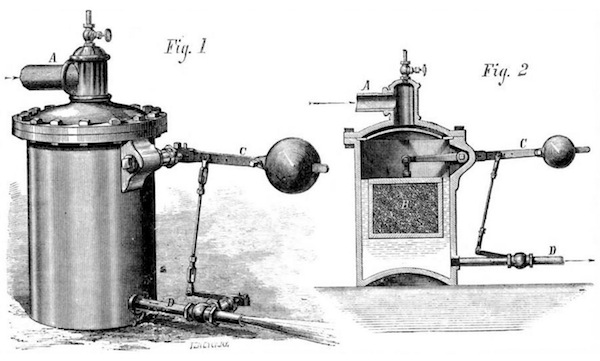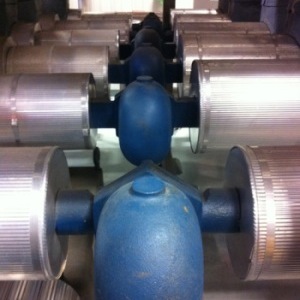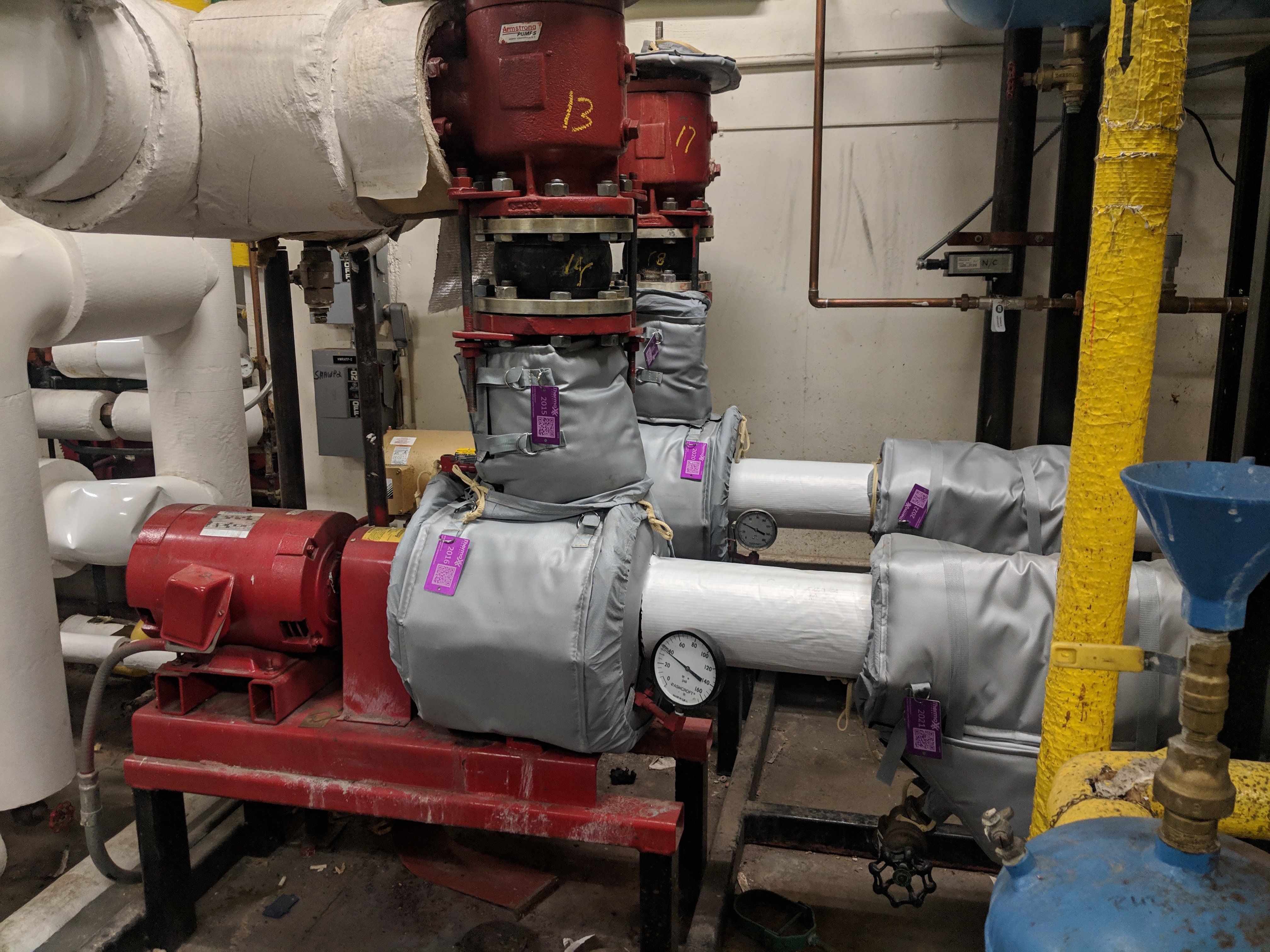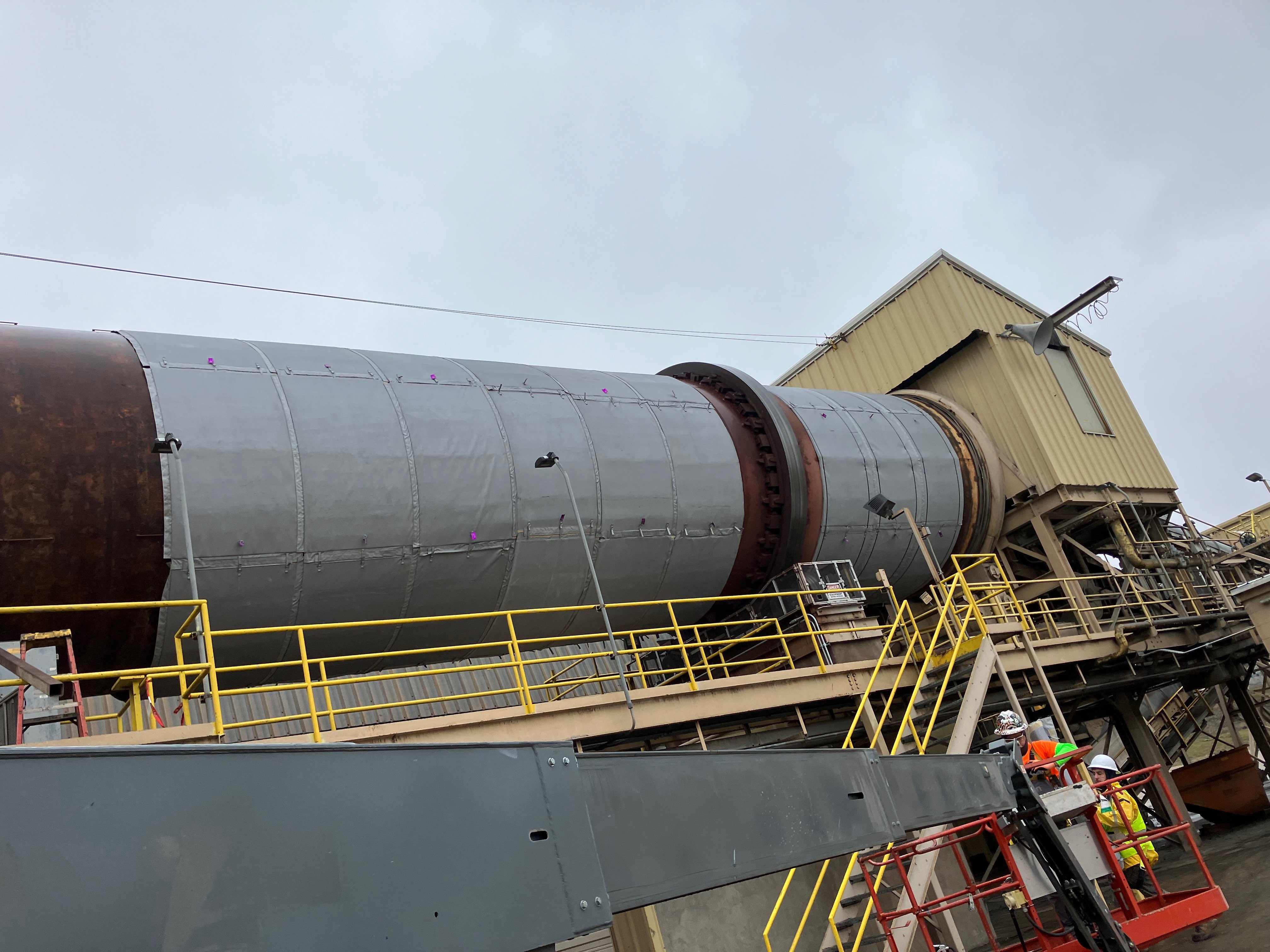Leaking Steam Trap: Steam Leak Detection, Calculation, & Prevention
 According to the United States Department of Energy, "In steam systems that have not been maintained for 3 to 5 years, between 15% to 30% of the installed steam traps may have failed—thus allowing live steam to escape into the condensate return system."
According to the United States Department of Energy, "In steam systems that have not been maintained for 3 to 5 years, between 15% to 30% of the installed steam traps may have failed—thus allowing live steam to escape into the condensate return system."
In other words, your facility is losing money because the costly steam that has been produced is not being put to use! In turn, more steam has to be produced to make up for the steam that escaped through the leak. In this article we'll discuss the most common causes of a leaking steam trap and how to prevent and diagnose a steam leak. We'll also provide additional information to assist you in calculating the cost of your lost steam.
- Most Common Causes of A Leaking Steam Trap
- Tips To Prevent Costly Steam Leaks
- Diagnosing A Leaking Steam Trap
- Calculating the Cost of Steam Lost Per Year
- Steam Trap Heat Loss Audit
The Most Common Causes of A Leaking Steam Trap
Steam traps are machinery. Just like all other machinery, it can malfunction and not perform as intended. The purpose of a steam trap is to automatically open to release condensed steam and air and close to prevent the loss of steam. When the steam trap fails to perform either of those functions, steam leaks axnd money is lost. Here are the most common causes of a failed steam trap:
- Dirt - the most common cause of a failing steam trap. Dirt can cause leaking or plugging, preventing the steam trap from opening or closing.
- Pressure Surges - sudden steam valve openings, improper piping or trap misapplications, or water-hammer can damage the internal components of the steam trap.
- Oversizing - causes traps to work too hard. In some cases this can result in blowing of live steam.
Tips To Prevent Costly Steam Leaks
 It is not uncommon to see steam losses costing hundreds of thousands of dollars for a facility. Fortunately, there are preventative actions that can be taken to ensure that your energy budget isn't being broken. Use the following tips to prevent your failing steam traps from costing you thousands of dollars:
It is not uncommon to see steam losses costing hundreds of thousands of dollars for a facility. Fortunately, there are preventative actions that can be taken to ensure that your energy budget isn't being broken. Use the following tips to prevent your failing steam traps from costing you thousands of dollars:
- Develop and implement a regularly scheduled steam system survey.
- Tag and map steam traps in your steam system, as to avoid leaving steam traps go without proper inspection.
- Keep records of your inspections.
- If a knowledgable in-house surveyor is unavailable, hire an outside professional service to inspect steam traps.
- Identify steam system design issues.
- Periodically test control valves.
- Audit your steam system's insulation. Areas that remain uninsulated can increase your steam production costs.
- If possible, use digitally enabled equipment such as Thermaxx's Smart Jackets to wirelessly monitor steam traps.
Diagnosing A Leaking Steam Trap
 Leaking steam traps are often misdiagnosed due to a lack of experience or inadequate tools. Knowing when to repair or replace your steam traps is vital in the process of making your facility more energy efficient. Use the following tips to spot the symptoms of a failing steam trap:
Leaking steam traps are often misdiagnosed due to a lack of experience or inadequate tools. Knowing when to repair or replace your steam traps is vital in the process of making your facility more energy efficient. Use the following tips to spot the symptoms of a failing steam trap:
- Pressure reducing valves (PRVs) or control valves fail to maintain set pressures. Fully or partially plugged traps prevent condensate from being eliminated from the steam space. Un-drained condensate at PRV stations will back up into the steam line and will wiredraw the heads and seats of the reducing valves. Wiredrawing is when high velocity water in the steam system cuts (scores) the surfaces of heads and seats. Even small microscopic cuts will prevent the proper operation of these valves.
- A production capability has been reduced. Open or closed traps that have failed will negatively impact production. Plugged traps will back condensate up into the process and dramatically reduce system efficiency. Blowing and leaking traps are costly to production due the added and unnecessary energy consumption.
- Pipe wall thickness of the condensate system has become an issue. Fully open or partially opened steam traps that are not repaired in a timely manner will deteriorate the condensate return piping. Some of the early warning signs begin with steam leaks.
- The cost to maintain heat exchanger bundles, humidifiers, HVAC coils and other equipment has dramatically increased. Failed traps will prevent proper operation of sensitive equipment. When steam traps fail in a closed position, over time, the stagnant condensate will turn to carbonic acid (co3). Carbonic acid will deteriorate all the metal it comes in contact with. Beyond increased energy consumption, failed open traps will also cause control and efficiency issues.
- Water hammer can develop in neglected or mismanaged steam and condensate systems. Water hammer literally sounds like someone is hitting a pipe with a hammer. In some cases water hammer can occur when a portion of the steam condenses into water within steam piping. Left un-drained, condensate will spill into the steam system and begin to accumulate. Eventually a wave of water will be created. This slug of water can be carried at high velocity until it reaches an obstruction like a closed valve, a lower elevation, or a sudden change of direction. A trap that is blowing steam can also cause water hammer. Blowing traps create back pressure in the condensate system piping. If condensate piping is already undersized, the problem will be compounded by the additional pressures found by the faulty traps. Un-drained condensate can back up into the steam distribution piping. From the standpoint of plant safety, it is essential to test and maintain the steam trap population. Type “steam water hammer accidents and fatalities” into a search engine; the results should be convincing enough to create an immediate action plan.
Source: http://www.plantservices.com/assets/Media/0910/WP_Steam_Traps.pdf
Calculating the Cost of Steam Lost Per Year
When discussing the importance of investing in regular steam trap maintenance with someone, it may help to have hard numbers to back your case. To calculate the cost of steam loss, use the following equation:

Thermaxx Jackets
Thermaxx Jackets was founded over 25 years ago with a single purpose: to help our clients save energy with removable insulation blankets when traditional stay-in-place insulation is not practical. Our dedication to this purpose has resulted in a long list of customers who have saved money thanks to Thermaxx Jackets! Combining expertise in heat loss, wireless monitoring, insulation design, and several other disciplines, we’ve become the #1 provider and fabricator of removable insulation jackets and covers. The Thermaxx Sales and Service teams are experienced and trained to provide clients with the most timely and cost-effective solution.
Categories
- removable insulation
- thermaxx jackets
- energy savings
- savings
- energy efficiency
- safety
- pipe insulation
- energy
- case study
- insulation materials
- thermal insulation
- heat loss survey
- heat loss
- energy loss
- hot insulation
- fiberglass
- installation
- steam
- New York
- custom insulation
- NYC Case Study
- boiler
- university
- Connecticut
- reusable insulation







